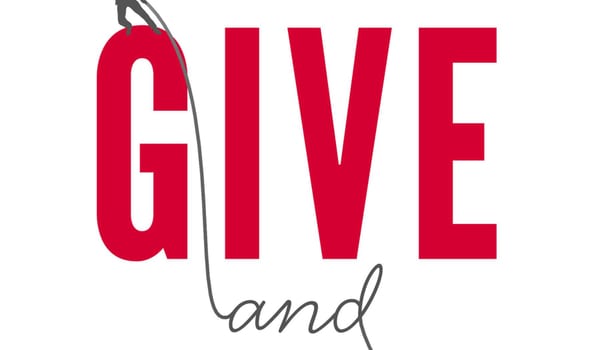Are you a giver or a taker?
In his book Give and Take: A Revolutionary Approach to Success, professor Adam Grant examines the most successful individuals in a variety of fields and finds one thing they all have in common, they are givers.
Right from the start Grant takes a moment to address that being a giver doesn’t mean giving all the time. It doesn’t mean being a doormat and it doesn’t mean putting the needs of others above your own. Even though these seem like giving ways, Grant brings combines anecdotes, research, and popular stories from history to weave a different fabric that the best workers are made out of. It’s one of giving and how givers do certain things better that bring them an extra advantage.
One of the ways that givers get ahead is through better networking, and not in the traditional sense of selling something to someone. Givers rather, choose to help others and because they give and give, rather than take and take, they have a larger network. In the short run this means a bit of stagnation rather than moving forward but in the long term givers come out ahead. Givers win in the long term because they build up a larger network and help those people get ahead. If a giver needs to call in a favor then, they have a bigger balance of resources to draw from, and probably better results.
Grant also writes about how givers negotiate better than takers. In one study of student negotiators, the group trained as givers got better deals for themselves and their opponents. The researchers concluded that by shifting their thinking toward one of giving, these students were able to find creative solutions to the negotiation impasse they were at. They found things that were of high value to their opponent low cost to them. It was the research manifestation of the children fighting over the last lemon, both claiming they needed it. Only after they stopped yelling and started talking, did they realize one needed the juice for lemonade, the other the zest for pie.
Besides advice on networking, collaborating, evaluating, and influencing, there are sections about avoiding burnout and not being a doormat. To help givers avoid being walkovers Grant suggests many ways to reframe situations, like negotiations. Some givers in Grant’s review of the research were too timid to advocate for themselves. When these givers shifted their thinking from acting for themselves to acting like a mentor for themselves, they shifted into the right frame of giving. One story is of a software engineer who had high qualifications but a low salary. When he shifted from thinking about himself during the negotiations, to thinking about negotiating on behalf of his family he made a stronger – and successful case – for why he deserved a raise.
Overall, I enjoyed Grant’s book. It reads like Gladwell and at times I was wondering if it suffered from some of the same conclusions of convenience, but in the end it passed the sniff test and I highly recommend it. If you enjoyed The Go-Giver by Bob Burg, James Altucher, thoughts on networking or the negotiating classic, Getting to Yes, then Give and Take just might be another book to add to your reading list.


